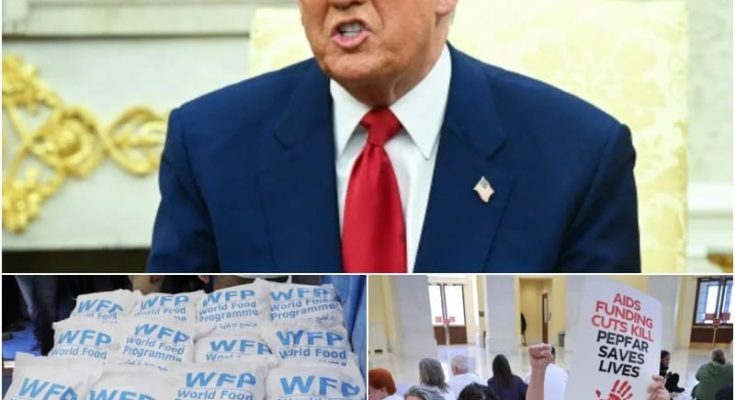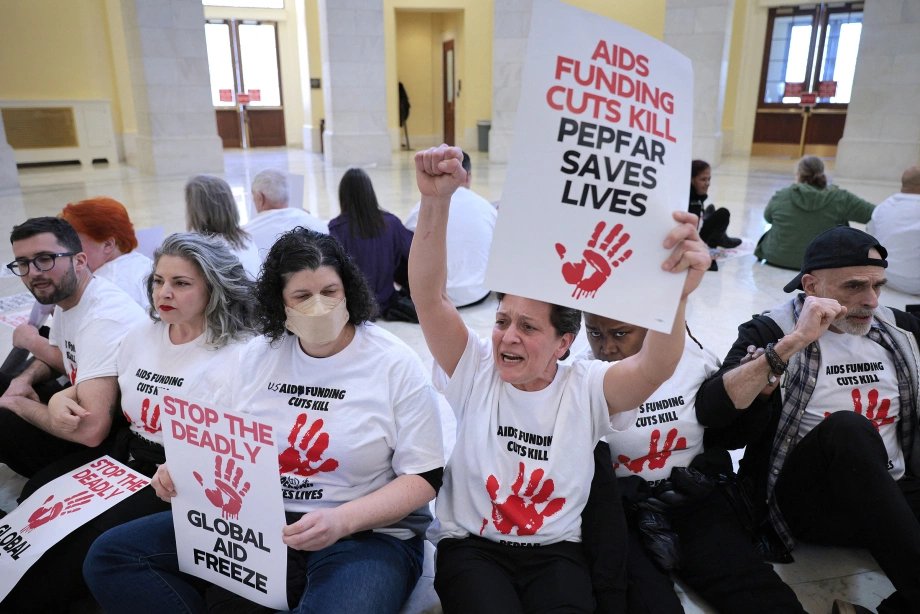
The United Nations has issued a grave warning to the world: the recent cuts in United States foreign aid threaten to become a “death sentence” for millions of people across the globe. As the largest contributor to international humanitarian efforts, the United States plays a critical role in providing food, medical supplies, and disaster relief to the world’s most vulnerable populations. However, recent funding reductions—particularly to agencies that handle food security and refugee assistance—are setting off alarm bells within the global humanitarian community. The consequences of these aid cuts could be catastrophic, pushing millions closer to famine, disease, and displacement.
### The Scale of US Humanitarian Aid
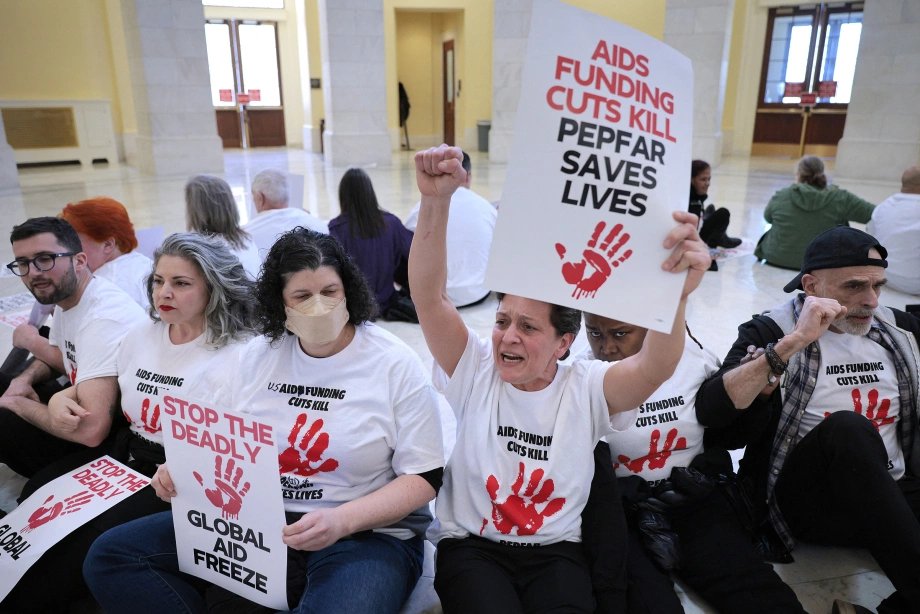
For decades, the United States has been the backbone of numerous humanitarian and development programs. Through agencies like USAID and partnerships with UN organizations such as the World Food Programme (WFP), the United States has supplied billions in foreign aid. These funds are often used for food distribution, emergency healthcare, disaster response, and economic development in the poorest corners of the planet.
In 2023 alone, the US government allocated approximately $40 billion to foreign aid. Roughly $15 billion of this went directly toward humanitarian assistance. Now, with significant proposed cuts under budget restructuring policies and shifting geopolitical priorities, that number is set to plummet. The United Nations argues that even a 10% cut could have devastating ripple effects.
### United Nations’ Grave Concern: Lives on the Line
In a strongly worded statement, UN officials emphasized that these aid cuts represent more than just bureaucratic reshuffling—they equate to real, measurable human suffering. According to the UN’s Under-Secretary-General for Humanitarian Affairs, Martin Griffiths, “This is not just a matter of money. It’s a matter of life and death. For millions, these cuts mean no food, no water, no shelter.”
Particularly hard-hit regions include conflict-ridden zones in the Middle East, drought-stricken parts of Sub-Saharan Africa, and areas impacted by natural disasters in South Asia. Without critical US funding, agencies are being forced to reduce or completely halt life-saving programs.
### Countries Facing the Brunt of the Cuts
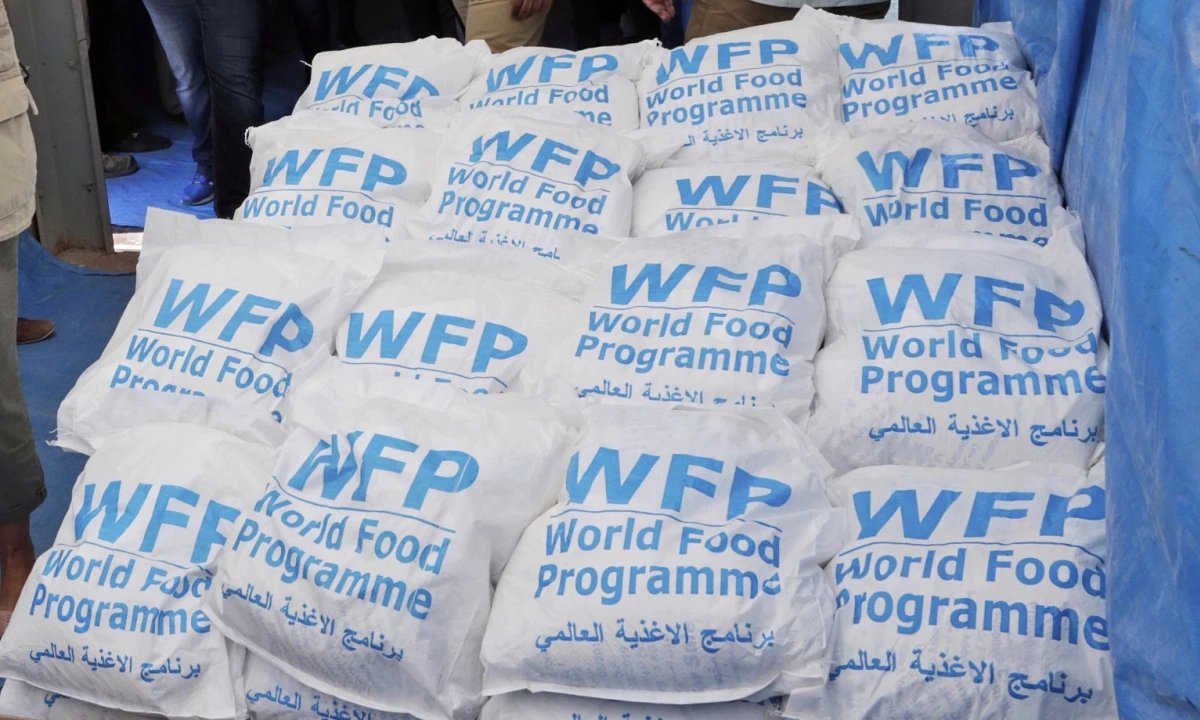
Several countries already teetering on the edge of humanitarian collapse are now at even greater risk due to the US aid reductions.
– **Yemen:** After nearly a decade of war, over 21 million people—two-thirds of the population—rely on humanitarian assistance. The World Food Programme has already scaled back its operations due to lack of funds.
– **Sudan:** The ongoing civil conflict has displaced millions, and food insecurity is rising rapidly. With fewer resources, international agencies are struggling to maintain basic health and nutrition programs.
– **Afghanistan:** Following the US withdrawal and the Taliban takeover, international aid was a lifeline for millions of Afghans. Cuts in funding mean thousands of clinics and schools are at risk of shutting down.
– **Syria:** More than 12 million people are food insecure. Aid agencies warn that continued cuts will push the country into deeper humanitarian crisis.
### A Human Cost: Personal Stories of Suffering
Behind every statistic is a human being—often a child, mother, or elderly individual fighting to survive. In northern Ethiopia, for example, a mother named Aster watches helplessly as her children waste away due to malnutrition. She used to receive monthly food rations through a USAID-funded program. Now, she receives nothing.
In Syria, 10-year-old Yara has not attended school in over a year because the UNICEF-supported education program in her camp was terminated following funding constraints. These personal stories highlight the very real and immediate consequences of aid cuts.
### Economic Repercussions Beyond Borders

Apart from the direct humanitarian impact, aid cuts can have serious geopolitical and economic implications. By helping stabilize fragile regions, US foreign aid prevents the escalation of conflicts that could spill over into global markets and migration crises.
Furthermore, cutting aid undermines long-term economic development. Foreign aid is not merely charity—it is also a tool of soft power and strategic influence. By stepping back from its global commitments, the United States may inadvertently cede influence to rival powers like China and Russia, who are eager to fill the vacuum in global leadership.
### The Role of Food Insecurity
One of the most immediate consequences of aid cuts is a sharp rise in food insecurity. According to the UN Food and Agriculture Organization (FAO), over 345 million people are facing acute hunger in 2024—a number expected to grow if funding shortages persist. US contributions to the WFP and similar organizations have traditionally covered a significant portion of global food distribution.
The WFP has already announced ration cuts in more than 15 countries. In Somalia, where drought has decimated crops and livestock, thousands of families are left with no food assistance. In Haiti, rising gang violence combined with aid shortfalls means that thousands are living on the brink of starvation.
### Medical Services in Jeopardy

In many low-income and conflict-ridden regions, medical services are heavily dependent on international aid. The World Health Organization (WHO) and its partners use US funding to operate vaccination programs, mobile clinics, and emergency response units.
In South Sudan, an entire generation of children risks going unvaccinated against preventable diseases like measles and polio due to clinic closures. In refugee camps across Lebanon and Jordan, chronic disease patients now face medicine shortages, while maternal care units are forced to shut down.
### Refugee Assistance Programs Cut to the Bone
Another critical area affected by US aid cuts is refugee support. According to the UNHCR, over 110 million people are currently displaced worldwide. US contributions have historically accounted for a significant portion of global refugee assistance, including food, education, healthcare, and shelter.
With the aid reductions, the UNHCR warns that refugee camps could become uninhabitable, leading to secondary displacement, increased mortality, and heightened social unrest. Children, once enrolled in education programs, are now being forced to drop out and work under exploitative conditions to support their families.
### UN’s Call to Action: A Moral and Strategic Imperative
The United Nations is urging the US government to reconsider its funding stance. Humanitarian organizations, religious groups, and global health leaders are echoing this call, emphasizing the moral obligation of wealthy nations to aid the poor and the vulnerable.
But beyond morality, there’s a strategic imperative as well. Global instability leads to migration surges, economic disruptions, and increased threats to international peace. Maintaining aid commitments is not just about generosity—it is about maintaining a stable global order.
### Global Responsibility in a Time of Crisis
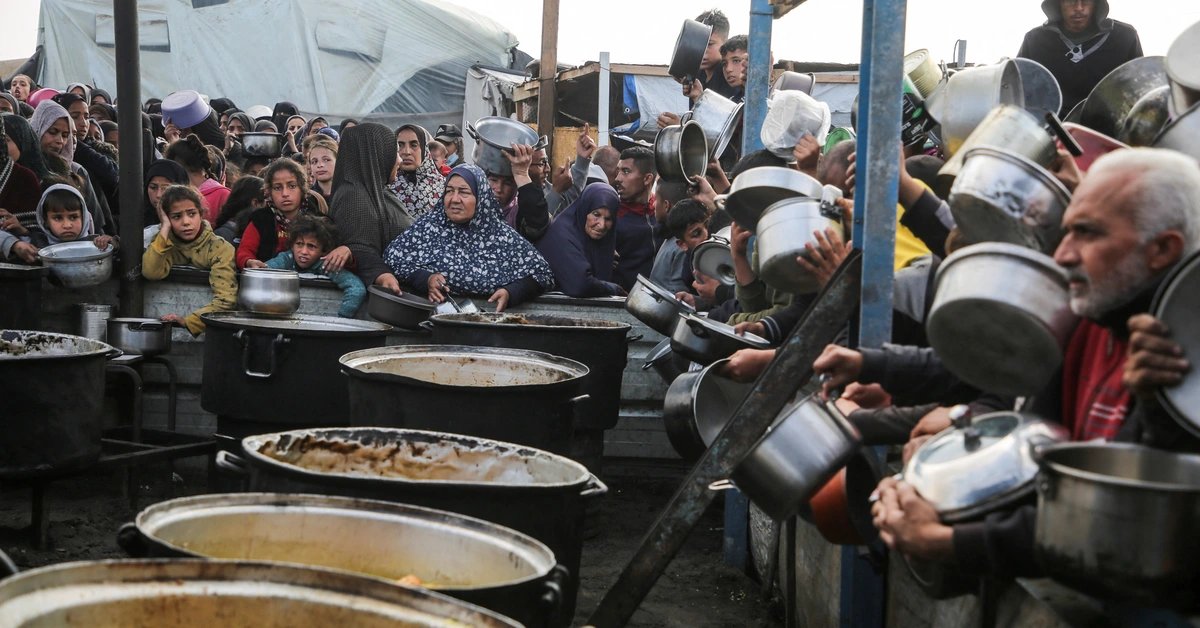
While the US plays a pivotal role, the global community at large must also step up. The UN has called on other major economies to fill the funding gaps. Countries like Germany, Canada, and Japan are increasing their contributions, but the shortfall remains massive.
Philanthropic organizations and private donors are also being encouraged to contribute more significantly. However, no amount of private donation can truly match the scale and scope of state-sponsored aid like that from the US government.
### Political Debates Within the US
Domestically, the issue of foreign aid has become a point of political contention. Some argue that taxpayer dollars should be focused on domestic priorities, particularly as the US grapples with inflation, healthcare costs, and infrastructure needs.
However, many experts warn that slashing aid could backfire in the long term. Former diplomats and national security advisors have argued that foreign aid is a relatively small investment with disproportionately high returns, both morally and strategically.
### Conclusion: The Cost of Inaction
The UN’s dire warning should not be ignored. Reducing US foreign aid may appear fiscally responsible in the short term, but the long-term consequences are dire—both for the millions who depend on this assistance and for global peace and stability.
As we face interconnected crises of climate change, armed conflict, food insecurity, and displacement, now is not the time to turn away from global responsibility. The world is watching, and history will judge whether we chose compassion or indifference.
The United Nations has made its position clear: US aid cuts are not just numbers on a budget sheet—they are a death sentence for millions. The time to act is now.
